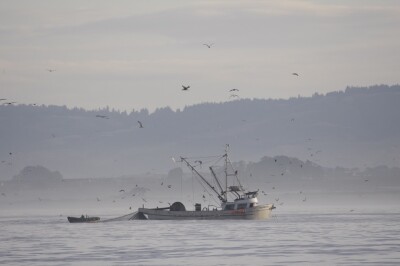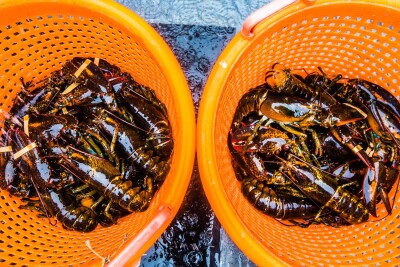The Magnuson-Stevens Fishery Conservation and Management Act turned 40 last week and Federal and State fishery managers marked that event with an opinion piece (ADN, April 12) extolling the successes of the Magnuson-Stevens Act and its implementation in Alaska as a “global model of sustainability.” As the authors point out, the Magnuson-Stevens Act sets up a “transparent governing process” intended to ensure that “science is behind every fishery management decision” in Alaska. Indeed, the Magnuson-Stevens Act sets up national standards ensuring that all fisheries are managed to achieve “optimum yield from each fishery” with management decisions “based on the best scientific information available,” and guided by carefully considered fishery management plans.
We can all find common ground in recognizing the benefits associated with management under the Act, as well as many of the successes of the North Pacific Fishery Management Council and NOAA Fisheries in ensuring the long-term stewardship of Alaska’s fisheries.
The problem is that many important fisheries have been left out of the fold of the Magnuson-Stevens Act. The Cook Inlet salmon fishery is a prime example. Every year, some 10 million to 30 million salmon pass through Federal waters in Cook Inlet, in route to their native streams. These are some of the largest wild salmon runs in the world, and they go largely unharvested.
But the North Pacific Fishery Management Council and NOAA Fisheries plainly don’t want anything to do with Cook Inlet salmon fisheries, despite their obligation under federal law. The Council never took an active role in managing the fishery, and in 2012, with approval from NOAA Fisheries, removed Cook Inlet from the Council’s Fishery Management Plan, despite the objections of the commercial fishing industry.






